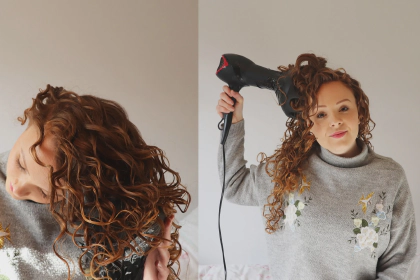Does developer lighten hair
does developer lighten hair
When you’re developing a game, a lot of preparation goes into making sure that the graphics look as good as possible. One of the most important things to consider is the lighting. Whether you decide to use real lighting or simply set the game to have a certain brightness, the lighting will dictate how bright and how colorful your games look. If your game is completely in artificial light, you may have to consider upgrading your camera’s lighting options or even switching to a different camera.
One of the most popular ways to simulate natural lighting is with light emitting diodes or LEDs. These are small, efficient lights that do not heat up your subject matter much, if at all. They can be very effective in bringing life to a room, making it easier for you to identify objects and play with lighting effects.
An LED lamp serves as a great example of how much lighting can vary from scene to scene within a game. During the day, you might have a relaxing scene where you’re reading a book or having a cup of coffee, but at night, that same scene can look utterly different. While reading at night, you might want to turn up the lamp on your desk or move it closer to you so that the light can reach the pages better. Even during the day, if there’s no light visible, then turn up the lights in the room or put on some more lamps so that everything has a better sense of visual appeal.
With the right lighting, you’ll be able to see all the details of your characters and objects clearly. If you have an underdeveloped sense of lighting, then it can be the difference between a brilliant piece of artwork and an unfinished house of pixels. So, don’t skip the lighting stages of your game development!
Artists' Tips For Finishing Up Their Projects
If you’re an artist who needs a little help bringing their vision to life, then check out these artists' tips for finishing up your projects. Knowing how to put the finishing touches on your work can be incredibly helpful, as you can imagine. Whether you are dealing with a painting, sculpture, or anything else in between, these tips will come in handy.
Consider Your Materials And Tools
One of the most important things to consider when working on a 3D project is the materials used and the tools employed. For example, if you’re making a sculpture, then you’ll need to consider the type of clay that’s available where you are, as well as the type of paint or powder that can be used to give the sculpture life. If you’re doing your painting on a wooden surface, then you may need to use a varnish to give it an antique look, and so on. The list of things to consider is literally endless, but it’s essential to consider the materials that you have available and how you can best utilize them to their fullest potential.
Additional Considerations
Once you’ve considered your materials and tools, it’s time to start thinking about additional considerations. For example, if you’ve decided to use sand to create a sandy beach then you’ll need to decide how smooth the beach should be and whether or not you should add more color to it. The same goes for adding more details to your landscape or adding even more life to your characters. Just remember to be as creative as you can with the materials and tools that you have available and enjoy the process of making your game more beautiful.
Play With The Whites
Gamma correction is one of the most important things to consider when working with images in general, but especially when working with 3D images. If you’ve been following the 3D printing world for a while then you’ll know that many printers have a built-in gamma correction, which you can use to correct any irregularities in the printed material. Remember that the gamma on your display will be different from the one on your monitor, so be sure to take that into consideration when playing with the brightness and contrast settings on your device.
Watch Out For The Background
When creating a 3D scene, there’s always one thing that you need to keep in mind: whatever is behind the subject matter will be visible. For example, if you have a scene with a statue in the foreground and a building in the background, then you’ll need to make sure that everything in the background is visible. You can do this by keeping everything in front of the statue at least 1 foot away from the background, using large focal points for the building or landscape, and so on. Keep all of this in mind when placing your background and ensure that the background is not cut off by any of the subject matter. It’s also a good idea to use a semi-transparent shader for the background to give it a dream-like quality that makes it seem as though it’s been painted by a talented hand.
Watch Out For Your Player’s Comfort
The comfort of your players is one of the most important things to consider when developing a game. If you’re not comfortable with the controls then you’ll be forced to make changes, and that can cause technical problems. Make sure to watch out for small details like how fast your computer’s cooling system is, how large your monitor is, and so on so that your players can enjoy the game without having a hard time staying seated or standing still for long periods of time. Also, make sure to position your monitors so that they’re at a comfortable viewing distance from one another and so that each one is at a proper height for your players. If you have a lot of space then you might want to invest in a monitor arm or stand so that you can position them the way you want without having to bend over all the time.
As you can see, there are a lot of things to consider when developing a game. Lighting and art direction can be two of the most important factors, so be sure to think about them as early on in your project as possible. As your game gets closer to completion, you can start thinking about how you’re going to present it to your players (modes of play, story, and so on) so be sure to keep all of that in mind throughout the entire process.
Knowing how to put the finishing touches on your projects can be incredibly helpful, as you can imagine. There are countless tips and tricks for artists across the world, and now that you’re armed with these, you can start putting your own spin on game development.





